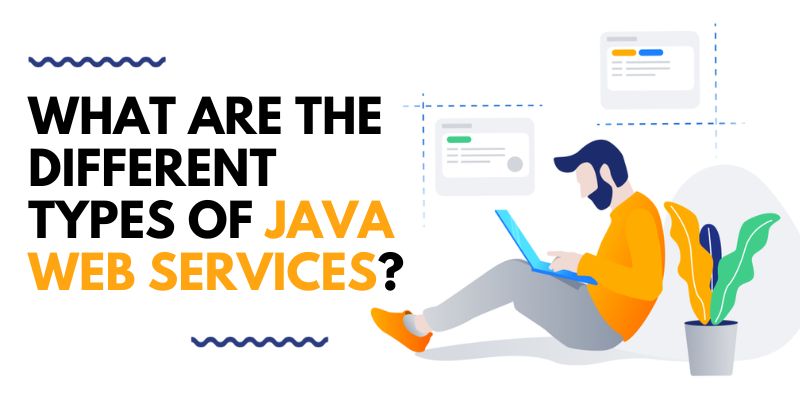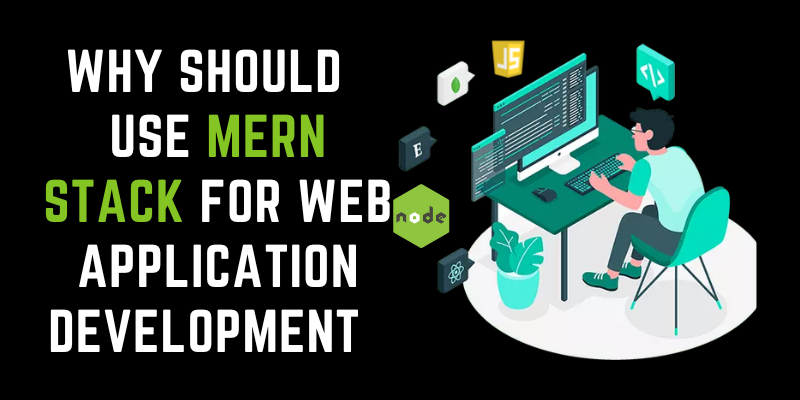During the engagement with a webpage, a reciprocal process occurs through an HTML page comprising requests and responses. Analogously, web services follow a comparable pattern of request and response, albeit in the format of XML or JSON. Java, renowned for its adeptness in server-side communication, facilitates the seamless exchange of data between diverse applications operating on various platforms. In this tutorial on Java Web Services, an overview of the various categories of web services will be presented in a concise manner. To gain comprehensive knowledge and hands-on experience in Java, consider enrolling in reputable institutions offering Java Training in Chennai, where you can learn from experienced professionals and enhance your skills in this versatile programming language.
What is a Web Service?
A web service is an effective channel for facilitating communication between client and server applications on the Internet. It operates as a software module engineered to execute specific tasks, encompassing the following functionalities:
- Discoverability: Web services can be discovered across the network and subsequently invoked.
- Functionality: Upon invocation, a web service can deliver its designated functionality to the respective client.
Advantages of Web Services
Here are the different advantages of Web Services illustrated through the following points:
- Exposing Business Functionality on the network: Web services serve as managed code units that offer specific functionalities to client applications or end-users. They can be invoked over the HTTP protocol, allowing them to be utilized over the internet. This capability enables the usage of web services anywhere on the internet, providing necessary functionalities as required.
- Interoperability among applications: Web services allow different applications to communicate with each other and share data and services, fostering seamless interoperability between diverse software systems.
- Standardized Protocol for universal understanding: Web services utilize a standardized industry protocol for communication. Each of the four layers in the web services protocol stack (Service Transport, XML Messaging, Service Description, and Service Discovery layers) operates on well-defined protocols, ensuring a common understanding across various systems. If you are interested in mastering the comprehensive skills required for modern web development, you might consider exploring reputable institutions that offer a comprehensive Full Stack Developer Course In Chennai, allowing you to gain valuable insights into both front-end and back-end development, and equipping you with the expertise to build a variety of applications.
- Reduction in communication costs: Web services leverage the SOAP over HTTP protocol, enabling the utilization of existing low-cost internet infrastructure for implementing web services, leading to cost-effective communication solutions.
Types of Web Services
Commonly, there are two primary types of web services, each with distinct characteristics and usage:
- Soap Web Services
- RESTful Web Services
Soap Web Services
SOAP (Simple Object Access Protocol) is a standardized protocol specification facilitating the exchange of messages relying on XML. Communication between the web service and the client occurs through the utilization of XML messages. A basic web service architecture typically comprises two key components: the Client and the Service Provider. For effective communication, the client needs to be aware of essential information such as the location of the web services server, available functions, function signatures, return types, as well as the input-output formats. The service provider is responsible for creating a standard XML file encompassing all the aforementioned information. Providing this file to the client enables seamless access to the web service. For those interested in enhancing their understanding and expertise in software development, it could be beneficial to explore reputable institutions that offer comprehensive Software Testing Training in Chennai, providing valuable insights into the intricacies of software quality assurance and testing methodologies.
RESTful Web Services
Representational State Transfer (REST) represents a stateless client-server architecture, wherein web services are conceptualized as resources that can be identified by their unique URLs. This structure consists of two main components: the REST server, give access to the resources, and the REST client, which accesses and modifies the REST resources. The communication between the client side and server involves the exchange of representations of the resources, facilitated through a standardized interface and protocol. While REST itself is not a specific protocol, discussions around REST typically refer to REST over HTTP. In this context, the server’s response is regarded as the representation of the resources, which can be generated from one or more resources. RESTful web services utilize HTTP protocol methods for their operations, incorporating functionalities such as GET, POST, and DELETE, among others. For those interested in expanding their knowledge and skills, consider exploring reputable institutions that offer a comprehensive Data Science Course in Chennai, allowing you to delve into the world of data analysis and machine learning.
Java Web Services API
Java offers two main APIs for the development of web service applications:
- JAX-WS: JAX-WS stands for Java API for XML Web Services. It is a set of APIs for creating web services in XML format. JAX-WS primarily deals with SOAP (Simple Object Access Protocol) web services. SOAP is a protocol that means a collection of rule for structuring messages that can be used for exchanging information in a decentralized, distributed environment.
- JAX-RS: JAX-RS stands for Java API for RESTful Web Services. It is used for creating RESTful web services in Java. REST (Representational State Transfer) is an architectural style for designing networked applications. It relies on stateless communication and typically uses standard HTTP methods like GET, POST, PUT, and DELETE for data manipulation.
Both these Java APIs are integral components of the standard JDK Installation, thereby eliminating the need to add any additional JAR files to work with them. Finally, you enjoyed this blog and now understand everything about Java Web Services, including what the types of Java Web Services are. If you’re interested in further advancing your Java skills, you might consider exploring reputable institutions that offer comprehensive Java Training in Bangalore, allowing you to enhance your understanding and proficiency in this versatile programming language.



